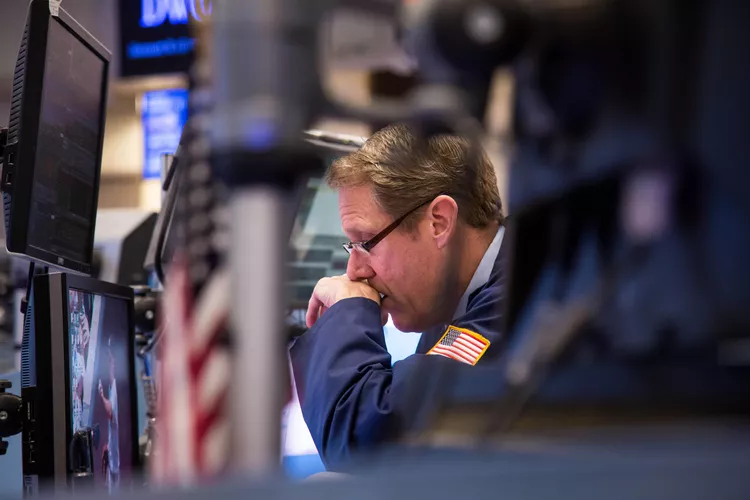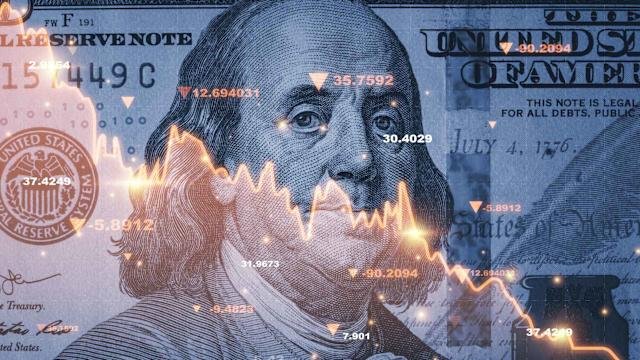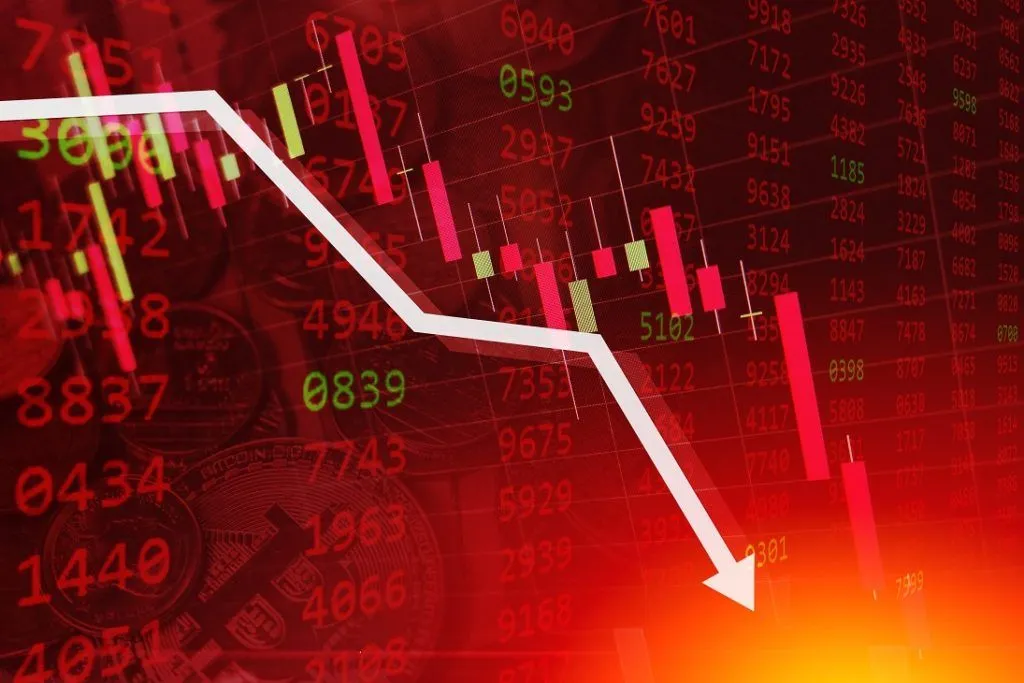
Why Do Stock Prices Drop, and Where Does the Money Go?

It’s completely normal for investors to feel confused or even disheartened when they notice their stock values declining. However, it’s essential to understand that stock price fluctuations aren’t a result of money disappearing into thin air. Instead, they represent how investors are adjusting their perceptions of a stock’s value in response to changing circumstances.
To illustrate this concept, let’s walk through a scenario: Imagine you buy 100 shares of Apple (AAPL) at $150 per share. If something disrupts the company’s operations—such as a supply chain issue or a product launch that doesn’t meet expectations—investor sentiment can shift, causing the stock price to fall to $100 per share. On the surface, it may seem like you’ve lost $50 per share, but in reality, this price drop reflects a change in how the market values Apple. You haven’t “lost” anything unless you decide to sell at the lower price.
It’s important to remember that stock price declines are not about money evaporating; they reflect shifts in perceived value based on new information and investor sentiment.
Key Takeaways:
- Stock price changes are based on perceived value, not money disappearing.
- A drop in market value represents a decrease in the stock’s market capitalization, not a redistribution of funds.
- Short sellers can profit from falling prices, but this doesn’t translate to direct losses for long-term investors.
- Stock prices fluctuate due to supply and demand, which are influenced by factors like investor sentiment and company performance.
- Understanding these dynamics can help you navigate market volatility with greater confidence.
Why Do Stock Prices Change?

At the heart of stock price movements are two fundamental forces: supply and demand. These dynamics are driven by investor behavior, which, in turn, is shaped by market conditions, company performance, economic outlooks, and sentiment.
The Role of Supply and Demand
Stock prices are driven by the basic economic principles of supply and demand. Here’s how it works:
- Increased Demand: When there’s greater demand for a stock (i.e., more buyers than sellers), the stock price tends to rise. This happens because buyers are willing to pay higher prices to acquire the stock.
- Increased Supply: Conversely, when there’s greater supply (i.e., more sellers than buyers), the price falls as sellers lower their prices to offload their shares.
This interplay of buying and selling creates the constant fluctuation in stock prices. The price is essentially the market’s consensus on the stock’s worth at any given moment in time.
When Demand for a Stock Increases

When demand for a stock surges, the price typically rises. The demand for a stock is often driven by investor sentiment, which can be influenced by various factors such as company performance, broader economic conditions, and external events.
Example: Tesla (TSLA)
A notable example of increasing demand driving up stock prices is Tesla (TSLA). Between 2020 and 2021, Tesla’s stock price rose by more than 700%. Despite the economic challenges brought about by the COVID-19 pandemic, investors remained bullish on Tesla, convinced of its potential to dominate the electric vehicle market. The company’s ability to scale production, innovate, and its strong brand image led to a surge in demand for its stock, pushing the price higher.
Even in the face of macroeconomic challenges, optimism about Tesla’s long-term growth pushed investors to buy into the stock, increasing the price.
Factors Influencing Demand:
- Positive Earnings Reports: Strong financial performance often boosts investor confidence, leading to increased demand for a company’s stock.
- Innovations and Product Launches: Successful product launches or technological advancements can attract buyers who are optimistic about the company’s future.
- Macroeconomic Conditions: When the economy is doing well, investor sentiment tends to improve, leading to increased buying activity in the stock market.
When Demand for a Stock Decreases

Just as increased demand can drive stock prices up, a decrease in demand can lead to falling prices. This typically happens when investor sentiment turns negative, often due to unfavorable news, disappointing earnings, or broader economic challenges.
Example: The Impact of Negative News
Take a company like Netflix (NFLX). In early 2022, Netflix saw a significant decline in stock price after announcing weaker-than-expected subscriber growth. The company’s high valuation, coupled with intense competition from other streaming services, led to a shift in investor sentiment. As a result, the demand for Netflix stock dropped, causing the price to fall sharply. Investors who had been optimistic about Netflix’s future growth re-evaluated their position and began selling, leading to a decrease in stock price.
Factors Influencing Decreased Demand:
- Disappointing Earnings Reports: If a company fails to meet earnings expectations, it can lead to a sharp decline in demand for its stock.
- Management Changes: Changes in key leadership positions or uncertainty about management’s strategy can erode investor confidence.
- Market Recessions: During periods of economic downturn, investors may pull back from riskier assets, reducing demand for stocks in general.
Where Does the Money Go When Stock Prices Drop?

When a stock price declines, it can feel as though money is disappearing. However, this isn’t the case. In reality, the money is simply being redistributed among market participants based on changing perceptions of value. Here’s what happens:
- Decrease in Market Capitalization: When stock prices drop, the market capitalization of the company falls as well. This refers to the total value of a company’s outstanding shares. While the company’s worth may appear lower on paper, no actual money is being lost. It’s just a recalculation based on how the market views the stock’s potential.
- Redistribution of Wealth: As stock prices drop, investors who sell their shares are transferring wealth to those who are buying the stock at the new lower price. The money isn’t gone; it’s just moving from one investor to another.
- Short Sellers Benefit: Investors who short a stock—betting that its price will fall—can profit from a decline in value. While this can seem like a loss for long-term investors, it doesn’t directly affect their holdings unless they choose to sell. Short sellers essentially make money from the price difference without changing the fundamentals of the company.
Conclusion: Understanding Stock Price Movements
Stock prices fluctuate due to changes in investor sentiment, supply and demand dynamics, and perceptions of a company’s value. A drop in stock price doesn’t mean that money is disappearing—it reflects a shift in how the market values the company. By understanding the factors that drive stock price changes, such as market conditions, company performance, and economic outlooks, you can gain greater clarity during times of market volatility.
It’s important to remember that fluctuations in stock prices are a natural part of investing, and they don’t always equate to real financial loss unless you act on them by selling your shares. Staying informed and focused on long-term goals will help you navigate the ups and downs of the stock market with confidence.